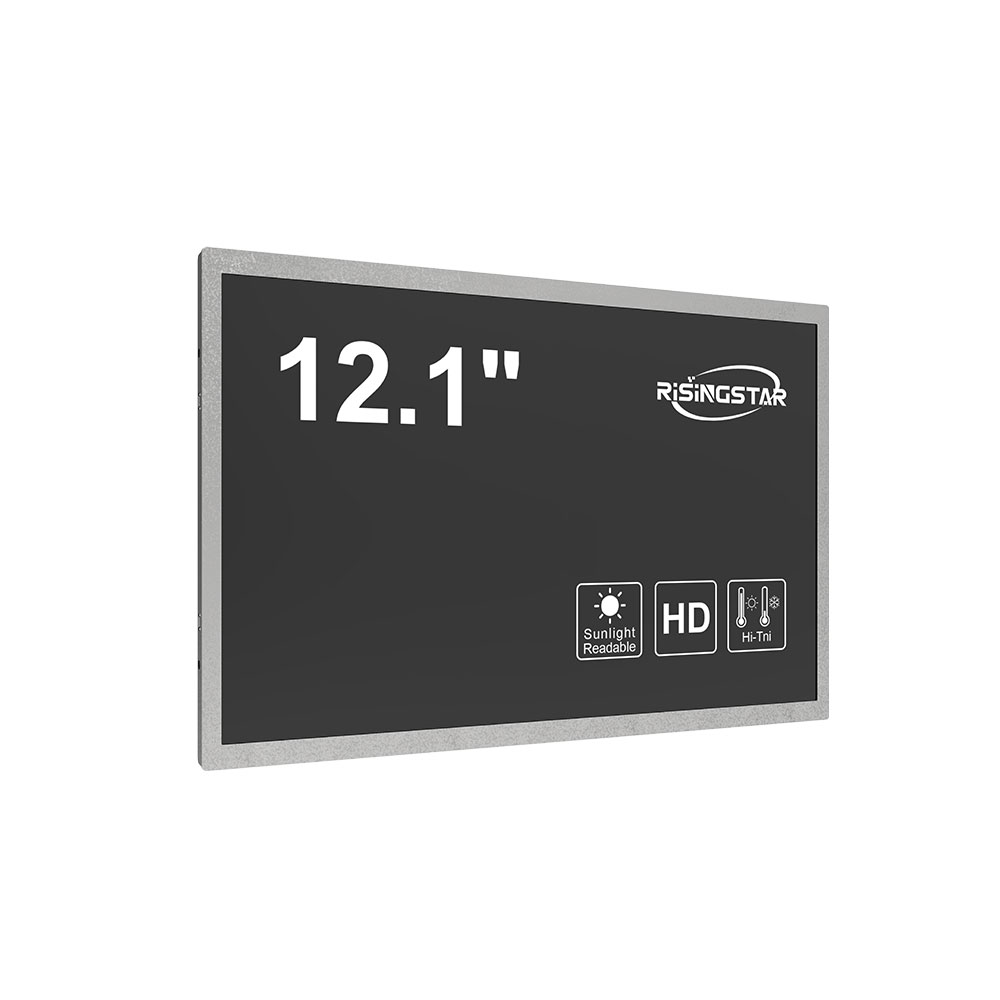- Home
- About Us
- Products
- News
- Video
- Contact
- Send Inquiry
Search
- Home
- About Us
- Products
- News
- Video
- Contact
- Send Inquiry

When selecting an outdoor LCD screen for commercial or public use—such as digital signage in retail, transportation hubs, or smart city applications—it’s essential to prioritize both visibility under varying lighting conditions and long-term durability. Unlike indoor displays, outdoor screens face extreme environmental challenges including direct sunlight, temperature fluctuations, moisture, and physical impact.
Brightness and Contrast Ratio

The most critical factor is brightness, measured in nits. For full sun exposure, a minimum of 5,000 nits is recommended by industry standards like those from the Society of Motion Picture and Television Engineers (SMPTE). Some high-end models exceed 10,000 nits, ensuring content remains legible even at midday. Additionally, high contrast ratios (above 4,000:1) enhance image clarity against bright backgrounds, making text and graphics stand out clearly.
Environmental Protection
IP ratings matter—look for IP65 or higher for dust and water resistance. This ensures the screen can withstand rain, snow, and humidity without internal damage. In colder climates, ensure the display has a wide operating temperature range (typically -20°C to +60°C), with optional heating elements for sub-zero environments.
Durability and Mounting Options
Use aluminum or stainless steel enclosures for corrosion resistance and structural integrity. Anti-glare coatings and polarized filters reduce reflections, improving readability in direct sunlight. For permanent installations, consider vandal-resistant designs with tempered glass and lockable mounting brackets.
Energy Efficiency and Maintenance
Modern outdoor LCDs often feature adaptive brightness sensors that reduce power consumption when ambient light decreases—critical for reducing energy costs over time. Remote monitoring capabilities via Ethernet or cellular connections simplify maintenance, allowing real-time diagnostics and firmware updates.
Case studies from cities like Singapore and Los Angeles show that properly specified outdoor screens maintain >98% uptime over 5+ years when paired with professional installation and scheduled maintenance. These systems are now integral to urban infrastructure, from bus stop information panels to emergency alert systems.
Choosing the right outdoor LCD screen isn’t just about specs—it’s about understanding your environment, usage patterns, and long-term ROI. Partner with manufacturers who provide certified testing data (e.g., MIL-STD-810G for shock/vibration) and offer on-site support.